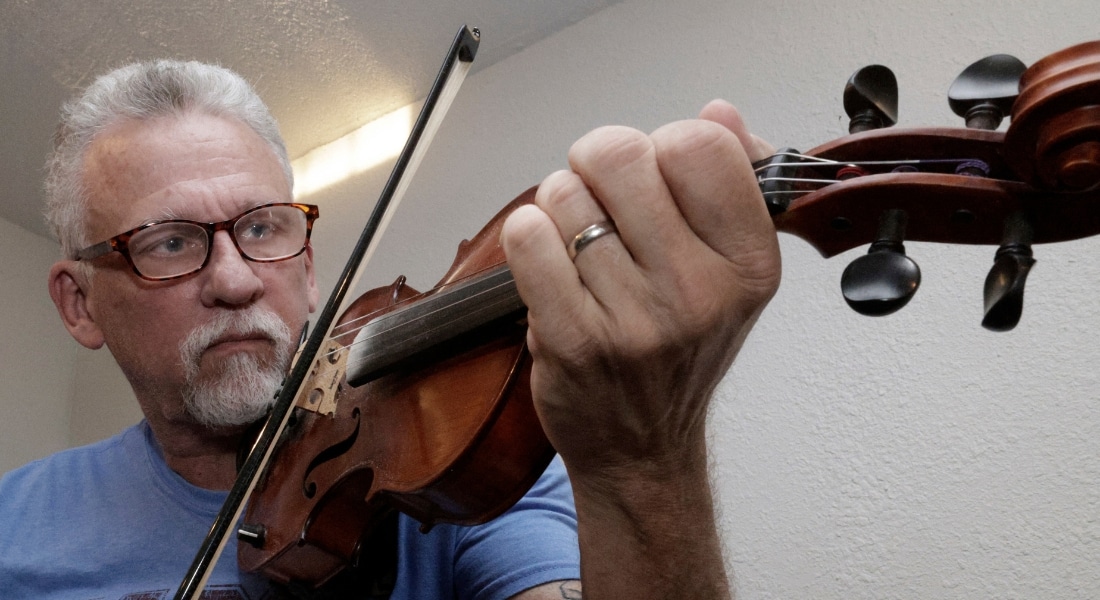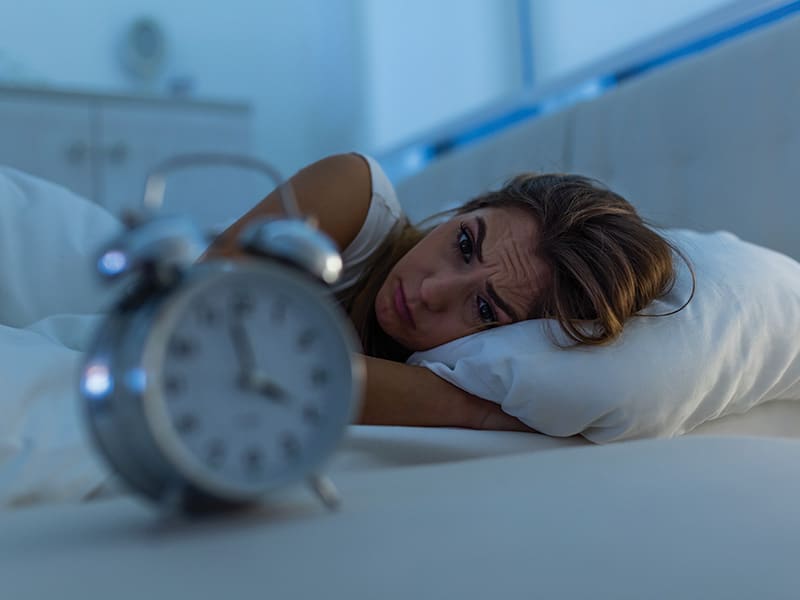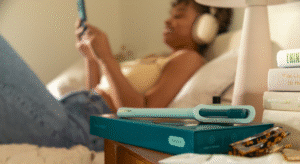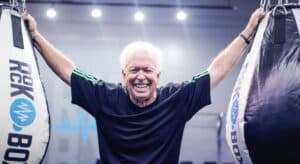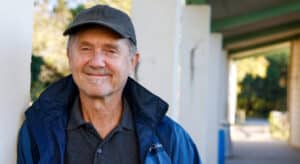Snoring was a burden that Tim and Katherine Odom had learned to live with over the years, but it was when Tim fell silent that his wife really began to worry.
“I’ve always had trouble sleeping, ever since I was a kid,” says Tim, a Duncanville ISD teacher who moonlights as a country music podcaster. “Then my wife says, ‘You know, you stop breathing every night?’”
The Terrell resident was skeptical at first until a sleep study confirmed his wife’s suspicions: Tim stopped breathing more than 30 times an hour during that overnight exam.
“No wonder I’m always tired,” he remembers thinking at the time. “I was worried that maybe that was just my life, sleeping 20 hours a day like my mom used to do.”
That was until he found relief — and a proper night’s sleep — with minimally invasive surgery performed by Rajiv Pandit, MD, FACS, an ear, nose, and throat physician on the medical staff at Methodist Dallas Medical Center.
“I’m 58 years old,” Tim says, “and I’m doing more now than when I was 40. That’s all thanks to Dr. Pandit and his team.”
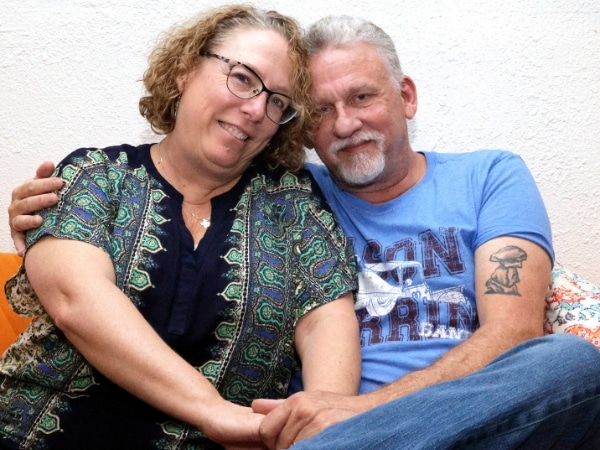
Tim and Katherine Odom both sleep better now that Tim’s sleep apnea is behind him.
‘HONEST TRY’ FOR CPAP
After his sleep study, Tim was diagnosed with severe obstructive sleep apnea, a condition where the muscles in the upper airway relax too much, blocking the flow of oxygen.
Risk factors for sleep apnea include obesity, older age, high blood pressure, and diabetes. Over time, sleep apnea can also cause hypertension, among other health problems.
“Resolving sleep apnea can have a profoundly positive impact on overall health, beyond just improving sleep quality,” Dr. Pandit says. “Untreated sleep apnea significantly raises the risk of hypertension, cardiovascular disease, diabetes, and stroke.”
Tim stays fit and doesn’t suffer from health issues often associated with sleep apnea patients. But he did have a deviated septum, where the cartilage that separates the nose into two chambers is crooked or off-center.
“My nose has been broken so many times,” Tim says. “Dr. Pandit fixed all that with a surgery and sinuplasty, which totally fixed my snoring — but not the sleep apnea.”
Tim was also prescribed a continuous positive airway pressure (CPAP) machine, which uses pressurized air to keep the airway open. But he quickly found the nights with the CPAP mask were even less restful than without.
“I gave it an honest try, a year with the CPAP,” Tim says. “One night it was blowing so hard I woke up panicking because I couldn’t breathe.”
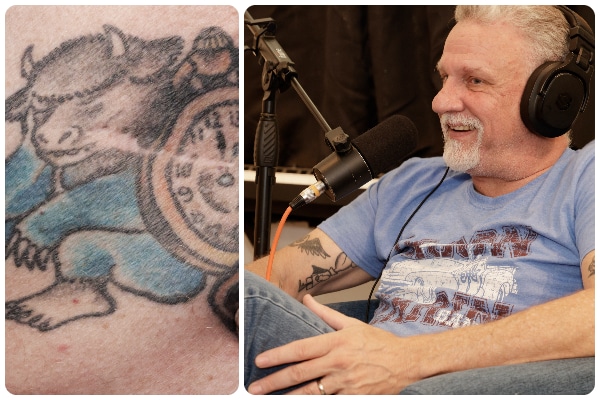
Tim is grateful that the incision from his surgery left a beloved tattoo intact.
TURNING TO INSPIRE
Tim ultimately turned to Inspire, a pacemaker-like device that is implanted under the skin near the collarbone.
Rather than sending electrical impulses to the heart, like a pacemaker would, the 4-by-6-inch battery-powered implant uses a mild electrical pulse to stimulate a nerve in the tongue so the airway opens in concert with a patient’s breathing.
“The procedure takes two to three hours,” Dr. Pandit says. “There are two incisions, one under the chin and one on the chest. It’s performed on an outpatient basis, and recovery takes just a few days.”
Tim was especially grateful to Dr. Pandit for sparing a beloved tattoo that just happened to be where the device needed to be placed.
“Dr. Pandit took so much time making sure that my tattoo wasn’t destroyed,” he says. “I adore him for that attention to detail.”

Tim and Katherine cut a rug while recording their country music podcast with singer-songwriter Shelby Ballenger.
‘TOTALLY SOLD ON IT’
Tim was discharged the same day with a small remote control that he uses to turn the device off and on. Dr. Pandit says there’s a 30-minute delay after patients activate the device so they can fall asleep comfortably before the pulses begin to stimulate the tongue’s hypoglossal nerve.
“There is also a smartphone app that provides additional functionalities such as tracking usage, adjusting therapy settings, and viewing sleep reports,” Dr. Pandit says.
While Tim admits to experiencing some initial facial numbness, one of a few minor side effects that are possible after the procedure, he says that went away quickly. Now, he can’t live without it.
“I’m totally sold on it,” he says.
Now Tim is back to doing what he loves, in the classroom and in the studio where he and his wife interview musicians for their Gotta Love Texas Music podcast.
“We travel all over doing the podcast,” he says. “I even picked up my fiddle again. I’m just a lot more active.”

